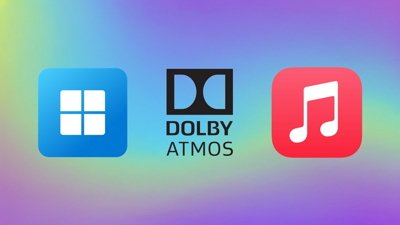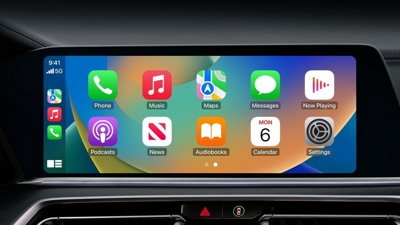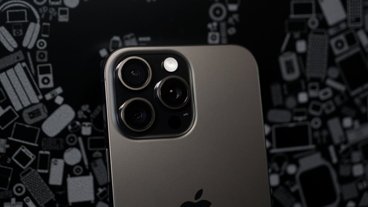According to third quarter figures released by the IDC on Monday (via The Next Web), Android now makes up 49 percent of smartphones in the country, compared to Apple's 36 percent share.
“Collective efforts to expand brand presence from all Android manufacturers at all price points will increase consumer choice and drive demand, which in turn will help Android grow to at least 40% market share over the next 3 years. Samsung has climbed to the No. 1 position as a result of a strong push for its Galaxy S II," said IDC market analyst Yee-Kuan Lau.
The region saw a 17 percent sequential decline in mobile phone shipments during the September quarter, though strong smartphone adoption has continued with 65 percent of the total Australian mobile market now owning a smartphone.
Android has also passed up the iPhone in New Zealand. Samsung took 28.5 percent of the smartphone market, Chinese handset maker Huawei came in second place with 20 percent. Apple had 13 percent of the country's smartphone market as customers held off on purchases in anticipation of the iPhone 4S.
“While Apple’s iPhone shipments slowed down in preparation for its new iPhone 4S launch in New Zealand, Samsung led the smartphone market for the first time with some of its flagship models such as Galaxy S II and Galaxy 5 performing very well. Huawei continues to expand its local market presence and contributed to the growth in sub-US$200 smartphones with its U8180 Ideos X1 model sold via Telecom,†Lau said.
Looking ahead to the fourth quarter, IDC believes Android will "win by a hair," as Apple reports its first quarter of iPhone 4S sales. The firm expects a total of 9.5 million smartphones to be shipped to Australia and New Zealand by the end of 2011.
Despite being unable to prevent Android from surpassing it, Apple has thus far held onto higher smartphone market share in Australia than on its home turf in the U.S. IDC recently reported that Apple carried 29 percent of the U.S. market at the end of October, while Android captured 53 percent.
Australia has been the battleground for some of Apple's legal action against its rival, though much of the action has been over tablets. Apple won an injunction against Samsung's Galaxy Tab 10.1 tablet earlier this year, but the ban has since been reversed, allowing the South Korean company to begin sales of the device.
 AppleInsider Staff
AppleInsider Staff






-m.jpg)






 Amber Neely
Amber Neely
 Marko Zivkovic
Marko Zivkovic
 William Gallagher and Mike Wuerthele
William Gallagher and Mike Wuerthele
 Andrew Orr
Andrew Orr


 Mike Wuerthele
Mike Wuerthele
 William Gallagher
William Gallagher







96 Comments
The smartphone market is now 65% of the total Australian mobile phone market, with Android taking over Apple iOS as no.1 position holding 49% market share. Apple iOS, in second place, holds 36% unit share as the market eased in preparation for the new iPhone 4S launched in October 2011.]
In Australia, Android has 49% and Apple['s iOS for iPhone] has 36% of the smartphone OS market segment. There is no statement that Samsung has overtaken Apple in Australia except in the title. It's in NZ that Samsung and Huawei are ahead of Apple in unit market share.
Android has 49% in Australia and Apple has 36% of the smartphone market segment. There is no statement that Samsung has overtaken Apple in Australia except in the title. It's in NZ that Samsung and Huawei are ahead of Apple in unit market share.
Apparently, geography is not someone's strong point when it comes to reporting this type of information.
There's also 24 different samsung android phones compared to the 3 apple offers...
There's also 24 different samsung android phones compared to the 3 apple offers...
For Samsung to overtake Apple as the leading vendor they don't have to be Android-based handsets or even smartphones, just mobile phones made by Samsung. But it's really hard to say what the frak IDC is referring to because they rotate the terms "mobile phone market", "feature phone and smartphone market", and "smartphone market" as if they're interchangeable.
It doesn't leave much room for HTC.